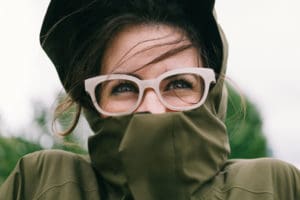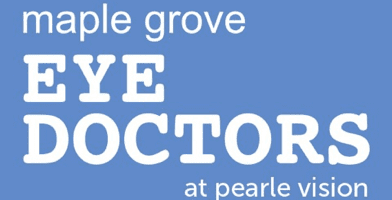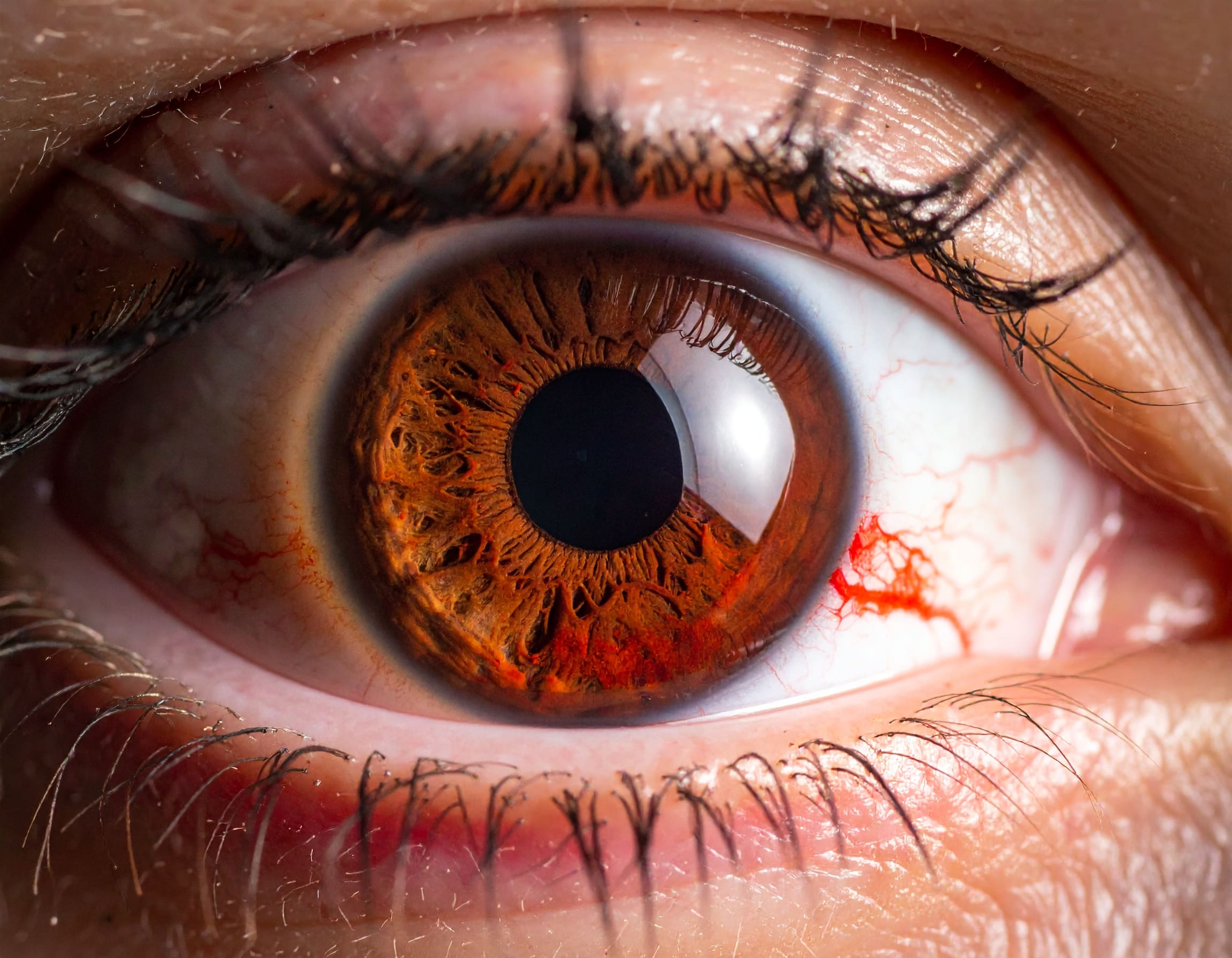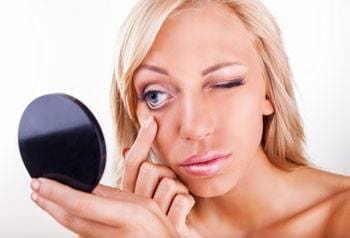If you have chronic dry eye, you likely experience itchy, scratchy, watery eyes on a regular basis. While you may know some of the common causes of these symptoms (such as contact lens use), there are other activities you could be unaware of that might worsen the condition.
Not only is chronic dry eye very uncomfortable, but it can also have long-term effects on a person’s eye health. For instance, corneal scarring may lead to blurred vision. By familiarizing yourself with activities that contribute to chronic dry eye, you can prevent further complications of the condition and live a more comfortable life.
1. Using a blow dryer
If you are looking for a reason to air-dry your hair, here’s one: Using a blow dryer can further contribute to dry eye. The warm, dry air it emits can cause moisture to evaporate from the eye, resulting in worsening symptoms.
If you’re on the move and need to dry wet hair, try to at least reduce the amount of time you spend using your blow dryer. For instance, dry the roots and let the rest air-dry.

2. Smoking tobacco
Smoking can lead to chronic dry eye. This is because tobacco smoke can be an irritant to the eyes, breaking down the protective, oily layer of tears. Additionally, smoking has been shown to have many long-lasting effects on the eyes, including increased risk for cataracts and macular degeneration.
But you don’t have to be a smoker to be affected by smoke. Exposure to secondhand smoke can be harmful as well.

passive smoke of electronics cigarette concept.
3. Exposing yourself to extreme temperatures
From hot to cold, temperature extremes can have a significant impact on your eyes. Very hot temperatures (especially when there’s no humidity) can cause moisture to evaporate from your eyes, just as extreme cold can do the same. Yikes — we live in Minnesota!
A study published in the journal Investigative Ophthalmology & Visual Science found that very cold temperatures can also dry out your eyes. Cold temperatures may thicken the meibum, the oily outer layer of tears. As a result, the protective tears may not spread across the eye as easily.
Using a humidifier will increase moisture in the air and reduce the effects of very dry atmospheres.

4. Standing in the way of the wind
A strong gust of wind, no matter where it comes from, can dry out your eyes. It’s in your best interest to avoid any environment where air may blow directly in your face, whether it’s from an air conditioner or strong fan.
If you’re going to be somewhere with strong winds (Ugh another Minnesota weather trait to love), try to wear wraparound sunglasses. The all-around protection of this type of eyewear will prevent the wind from reaching your eyes and drying them out.

5. Riding with the window down
While a cool breeze may feel good against your skin, it may not feel as good on your eyes. In addition to drying them out, keeping the windows down while driving can also increase your risk of getting small pieces of debris or dirt in your eyes. Just when we started to enjoy Fall. ugh.
If you must drive or ride in a car with the windows down, again, try wearing wraparound sunglasses. You may also wish to keep some artificial tears on hand that you can apply before and after your trip.

6. Using a computer
Using a computer can worsen dry eyes for many reasons. A person naturally blinks less while looking at a computer — an estimated 66 percent less!
Without regular blinking, your eyes become drier than they already are. The glare of the computer monitor can also affect your vision, causing you to squint more to read the computer screen. As a result, your eyes may feel both tired and dry.
If you use a computer for work or school (doesn’t everyone??), it’s important to take the necessary steps to minimize dry eye related to computer use. Examples include:
- Look away from a computer screen about every 15 minutes. Looking at a faraway point can help to relax the eyes.
- Make an effort to blink more frequently when you’re looking at the computer.
- Keep eye drops in your work desk or another easily accessible location. Apply frequently throughout the day.
- Take breaks whenever possible to help to reduce the effects use has on your eyes. You don’t even need to leave your desk — just opening and closing your eyes can help alleviate dry eye.
-

20-20-20 rule







